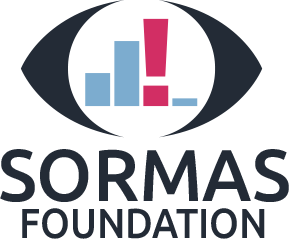Hintergrund
SORMAS Entwicklung
SORMAS wurde 2014 im Zuge des Westafrikanischen Ebola-Ausbruchs vom Helmholtz-Zentrum für Infektionsforschung (HZI), dem Robert Koch-Institut (RKI) und weiteren Partnern entwickelt. 2016 wurde es dann in eine open-source Anwendung migriert.
Durch Cloud-Technologie kann SORMAS auch in Ländern mit schwacher digitaler Infrastruktur verwendet werden.
Nach einer neun-monatigen Entwicklungsphase konnte SORMAS 2015 in 85 öffentlichen und privaten Gesundheitseinrichtungen in zwei nigerianischen Staaten erfolgreich getestet werden.
SORMAS Überblick
SORMAS-ÖGD ist ein spezialisiertes Modell des open-source eHealth tools SORMAS (Surveillance Outbreak Response Management and Analysis System) zur Infektionsüberwachung und Ausbruchsmanagement.
Ziel von SORMAS ist die Prävention und Kontrolle von infektiösen Erkrankungen in strukturschwachen Regionen, sowie die frühzeitige Erkennung von Ausbrüchen. Zurzeit kann SORMAS zum Management von 37 Infektionskrankheiten eingesetzt werden, wie zum Beispiel:
- Coronavirus
- Ebola
- Lassafieber
- Affenpocken
- Tollwut
- Masern
- Tuberkulose
- Meningitis
- Anthrax
- Polio
- Dengue-Fieber
- Gelbfieber
- Pest
- Cholera
- Malaria
SORMAS Heute
Mittlerweile werden weltweit mehr als 270 Millionen Menschen mit SORMAS abgedeckt. In Europa wird SORMAS neben Deutschland vor allem in der Schweiz und Frankreich eingesetzt. Dort wird SORMAS in 12 von 16 Kantonen (Schweiz) bzw. 18 von 18 Regionen in Frankreich verwendet. In Nigeria verwenden alle 775 Gesundheitsämter SORMAS, zusätzlich diverse Krankenhäuser und Labore. Dort konnte es beispielsweise bei der Bekämpfung von drei gleichzeitig auftretenden Ausbrüchen eingesetzt werden. Auch in Ghana wird SORMAS in 260 von 260 Gesundheitsämtern eingesetzt, ebenso wie in allen 15 Gesundheitsämtern in Fiji.
Weitere Informationen zu SORMAS im internationalen Kontext finden Sie hier:
SORMAS-ÖGD Überblick
SORMAS-ÖGD wurde vom HZI speziell für die Bedürfnisse des öffentlichen Gesundheitsdienstes (ÖGD) in Deutschland angepasst, um ein effektives Kontaktpersonenmanagement während der SARS-CoV-2-Pandemie zu ermöglichen.
Das 2019 erstmals aufgetretene, aus China stammende, Virus SARS-CoV-2 stellt in Deutschland die Bevölkerung und den ÖGD vor große Herausforderungen. Besonders die dokumentierte Nachverfolgung von Kontaktpersonen ist aufwendig und kompliziert. Die Gesundheitsämter sind dafür zuständig, Kontaktpersonen zu identifizieren und gemäß den RKI-Empfehlungen täglich zu überwachen. SORMAS-ÖGD bietet dazu ein Fallpersonen- sowie Kontaktpersonenmanagement an.
SORMAS-ÖGD Eigenschaften
- Hinterlegung der spezifischen Falldefinitionen, Labordokumentation und Datenfelder für Covid-19
- Abläufe zur Identifizierung und Validierung von Expositionen und Kontaktpersonen
- Prospektive Steuerung, Aufgabenzuteilung und Dokumentation der Überwachung von Kontaktpersonen
- Mobile offline Nutzung per Smartphones/Tablets mit automatischer Synchronisierung der Datenbank per Mobilfunk
- Standardisierte und individuelle Bereitstellung der Datenbank und Server für jedes Gesundheitsamt
- Keine Lizenzgebühren, Quellcode auf GitHub frei verfügbar
- Entspricht den Global Goods Maturity Index for Digital Health Tools und wurde extern auf Datensicherheit überprüft
- Zukünftig Schnittstelle zur IfSG-Software SurvNet@RKI
- Ständige Optimierung in Zusammenarbeit mit den Gesundheitsämtern
SORMAS-ÖGD Implementierung
SORMAS-ÖGD wird auf virtuellen Servern verwendet, wodurch nur Mitarbeiter des entsprechenden Gesundheitsamtes Zugriff auf die Daten haben; das Gesundheitsamt ist alleiniger Besitzer der Daten. Durch die Verwendung virtueller Server fallen weder Installations- noch Wartungsaufgaben an.
Die Einrichtung der Server wird von einem Partner des HZI übernommen.




